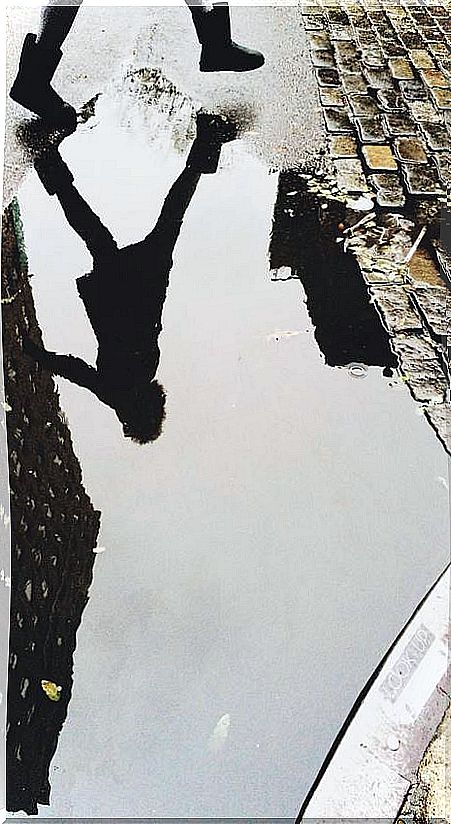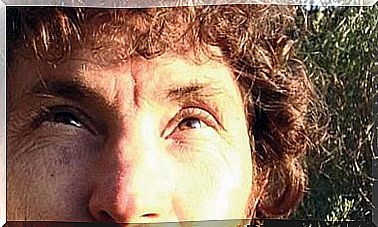Reconciling With Psychiatry
The history of psychiatry is not clean of abuse. To reconcile with her, we must listen to the victims and learn from them.

Truth and Reconciliation : two words that were key to reunifying South Africa after apartheid and that have since been used in other processes to heal the collective wounds left by violence.
The truth is to give a voice to the victims, listen to their testimonies and validate their suffering in a public way, but also to listen to the testimony of the aggressors and their experience of having exercised that institutionalized violence that violated the most basic human rights.
Towards a collective reparation process
After this mutual listening, it is the victims who decide if they want and can forgive their aggressors and thus move towards a reconciliation. The model has been followed in Rwanda after the genocide, in Chile after the dictatorship, in Peru after the internal armed struggle, in Canada to recognize the abuses committed against indigenous populations, etc.
For a few years a diverse group has claimed to do the same with psychiatry. That is, that the testimony of people who have suffered serious abuses or deprivation of basic human rights due to their condition as mentally ill is collected and heard: involuntary admissions, forced treatments, mechanical restraints, electroshocks, unjustified medications, etc …
They ask that it be the entire society but, above all, mental health professionals, psychiatry professionals, who listen, understand and assume the dimensions of the damage caused, and to express, if they wish, their own experience as professionals who have sometimes sense participants or accomplices of the abuse. They claim this process as something essential so that abuses are not perpetuated: that they are recognized, that they are repaired, that there is an apology.
In some parts of the US this initiative has already taken shape. Activists such as Cindy Fisher, mother of a “psychiatric survivor” have promoted encounters between “victim” users of mental health services and professionals.
Group meditations
These meetings for Truth and Reconciliation in psychiatry and mental health are held in a circular group format in imitation of the traditional medicine wheel of the Hopi Indians and are usually started with a group meditation. In the inner circle are initially the people who wish to relate their journey as patients and the abuses they suffered, while the professionals sitting in the outer circle listen to these testimonies “with open hearts.”
Subsequently, the places are reversed and it is the professionals who wish to do so who have the opportunity to tell about their experience within the system or their feelings when listening to the patients. In this way, users can also help professionals to walk the path towards mental health care that does not violate human rights.
British activist and professor Hellen Spandler recognizes the importance of facilitating this collective process of redress, but also warns of the risk involved if the need for greater public investment in quality mental health services is not named. It is therefore not a question of dismantling psychiatry but of facilitating its progress so that it continues to provide care and treatment for individual, family and collective mental suffering from dignified and respectful places.









